What kind of soil does pepper like?
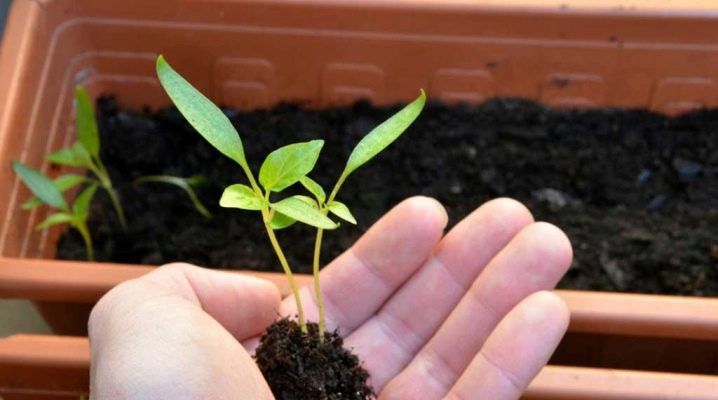
The quantity and quality of the crop directly depends on the soil in which the crop was planted. It is very important to choose the right soil for both the seedlings and the main growing area. In order to do this, it is recommended that you familiarize yourself with the composition, acidity and other characteristics of the soil favorable for growing bell peppers and other peppers.
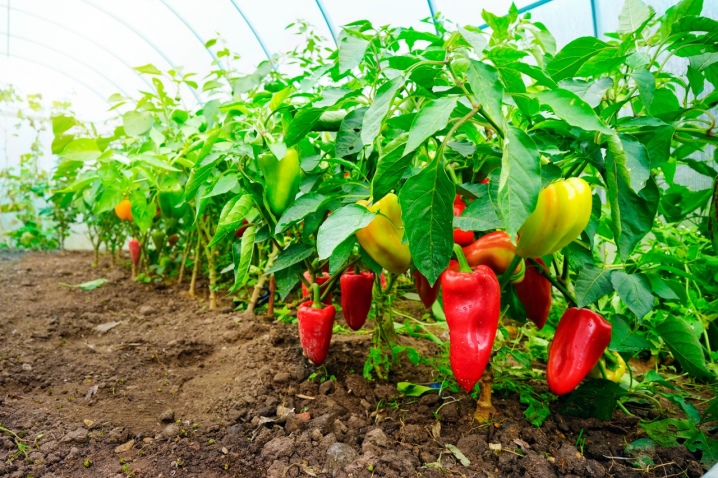
Composition
The soil suitable for growing peppers in the open field and in the greenhouse must have a certain composition. Otherwise, one should not hope for a good harvest. The main components that make up such a soil are as follows.
- Humus. Seedlings and already matured plants require nutritious soil, so humus must be included in its composition. Fresh manure cannot be used for this purpose, as it is considered overly aggressive. In order for humus not to harm the peppers, its age must be at least 2 years.
- Leafy ground - a kind of humus, which is formed as a result of overheating of the grass.
- Sod land, which, depending on the type, consists of sand or clay / sand.
- Baking powder. Several impurities can be safely attributed to this group at once, but the most popular is river sand. It can be used in combination with peat. If there are no such components, then they can be replaced with the following: perlite, sphagnum, sawdust and vermiculite.
For peppers of different varieties, chernozem-type soil is ideal. Therefore, it is necessary to focus precisely on the characteristics inherent in this soil.
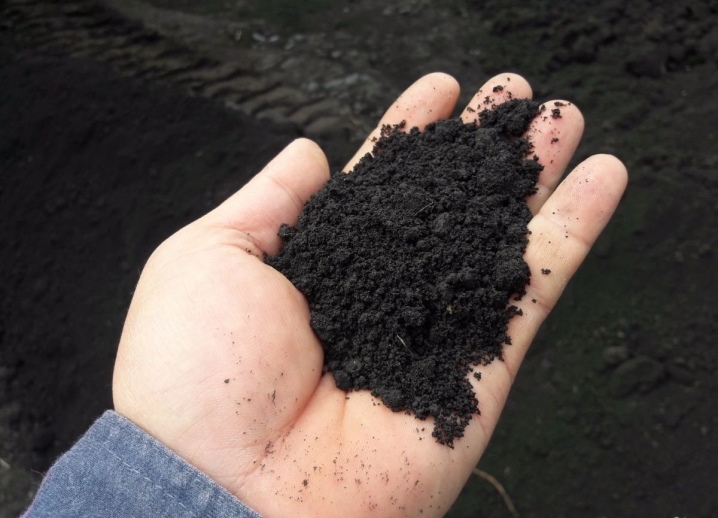
Acidity
Sweet and other types of peppers love soil with a certain acidity. A pH of 5 to 7 is normal. You can measure it using a special device. To do this, you need to take a soil sample from the area where the peppers are supposed to be planted and check. The sensor will show the pH level.
For those who do not have an electronic meter, litmus paper will help. To do this, a soil sample is wrapped in a cloth, placed in a jar of water for a few minutes, and then removed. Litmus paper is dipped into the water.
The essence of this method is that the strip should be painted in a certain color. The measurement scale is shown on the package. The first method is more accurate. On the other hand, litmus paper is much cheaper than an electronic acidity meter.
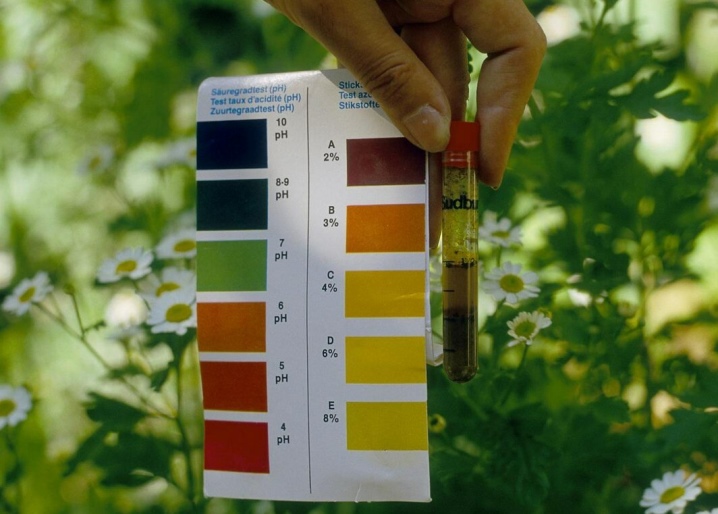
If the soil is very acidic, it must be deoxidized. This can be done in various ways.
- Add dolomite flour at the rate of 0.5 kg per 1 square meter of soil.
- Wood ash also acts as a deoxidizer. To restore normal acidity, you will need to inject 1.5 kg of the substance per square meter.
- You can use a special deoxidizer called "Lime-Gumi". It will only take 200 g for the same 1 square meter of soil.
If you need to acidify the soil, then sphagnum peat should be added to it. Here, the calculation is made in the proportion of 1.5 kg for each square meter of soil.
It is not recommended to plant peppers if the soil is alkaline. In order to normalize this figure, it is necessary to add ammonium sulfate (40 g per square meter).
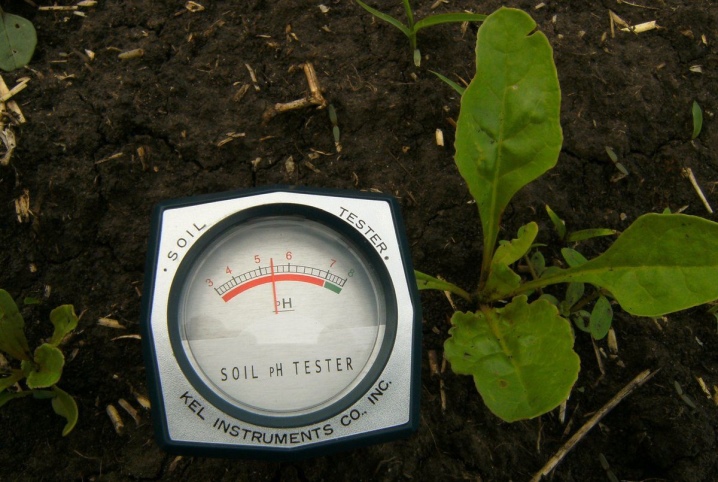
Humidity
Peppers of any kind are moisture-loving crops. The roots, which are responsible for the absorption of moisture, are located in the upper layers of the soil, so it is not recommended to allow even a slight drying out. If the peppers receive an insufficient amount of liquid, this will lead to the fall of flowers and ovaries. The result is a decrease in yield or a complete lack of it.
But excess liquid is also contraindicated, especially for seedlings. Excess moisture will contribute to the processes of root decay. Also, due to excessive moisture saturation, air will cease to penetrate into the soil, which will also adversely affect the further growth and development of the plant.
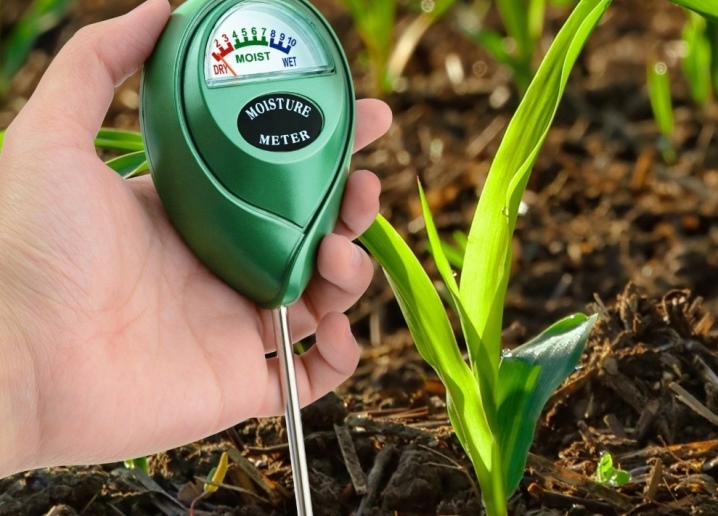
To determine the need for watering, the simplest method is suitable - a visual one. As well as for determining acidity, it is recommended to dig a small lump of earth from a depth of 20 cm. The test result is checked like this:
- if the earth crumbles, leaving dust, then the soil is very dry;
- if it sticks together into a lump, then this indicates normal humidity;
- if it leaves dirt on your hands, then you need to stop watering for a while.
Each stage of crop development requires a certain level of moisture. For seedlings, moderately abundant watering is needed, while the indicator should be at least 70%. Before planting, you need to increase the indicator by about 5%. In order for the plants to take root well in the soil, during the transplanting period, it is necessary to increase the humidity to 90%.
Further, until the end of the growing season, it is necessary to maintain a level of approximately 80%.
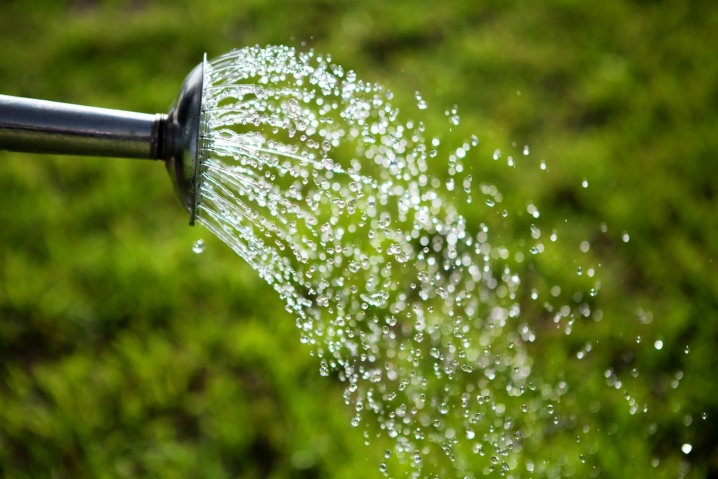
The best mix manufacturers
The key to a good harvest of peppers lies in high-quality seedlings. It is at this stage that a good quality soil mixture must be selected. The most popular are the following.
- "Biogrunt" from the manufacturer "Udmurttorf". This composition includes vermiculite and biohumus. Some experienced gardeners argue that the soil needs to be slightly deoxidized before sowing seeds.
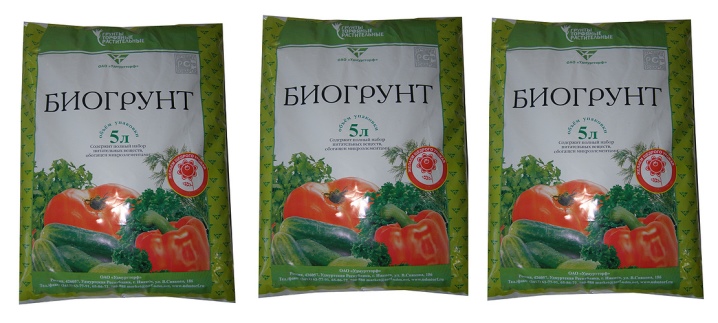
- "Baby" from the "Fasco" company. The composition includes soil, sand and dolomite flour.
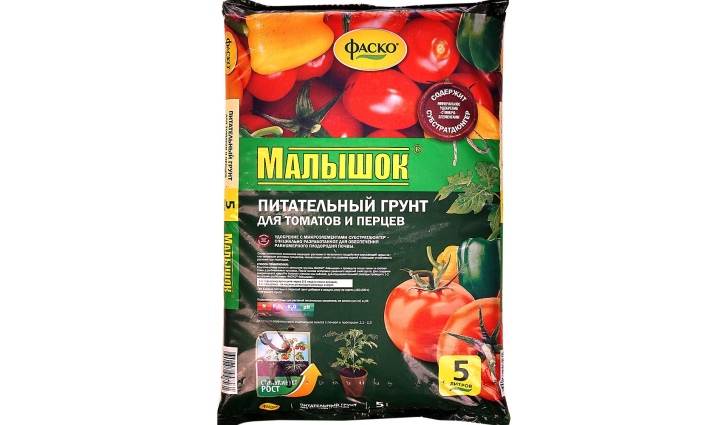
- "Ekoflora" for vegetables from the producer "Gera". Here the composition is the richest of all of the above. It includes: peat, dolomite flour, vermiculite and sand.
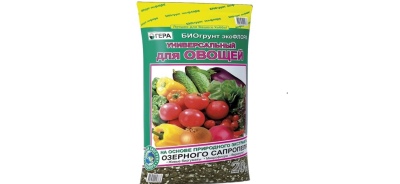
You can buy these mixtures in specialized stores.
DIY making
If for some reason you don't want to buy a ready-made mixture, then you can prepare a suitable composition with your own hands at home. There are several proven soil recipes that are suitable for growing peppers.
- In equal parts, the following components must be mixed: sand, peat, humus and earth.
- To equal parts of sand, humus, turf and earth (a total of 10 kg), add 200 g of ash.
- Low-lying peat and humus in equal amounts must be mixed with superphosphate and potassium sulfate.
In order for the mixtures to be homogeneous, they must be mixed very well during the preparation process.
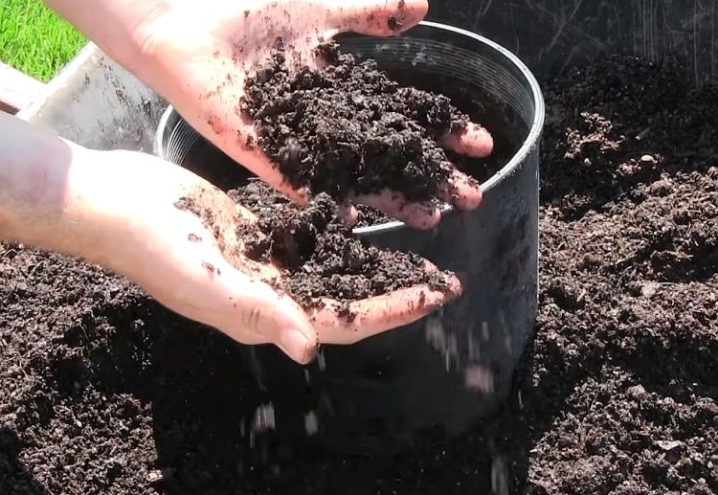
Preparation before landing
Before sowing seeds or planting seedlings, the soil must be prepared. This is done in order for the plants to take root and develop well.
For seedlings
Loose soil is very important for seedlings, as it will be easier for the seeds to sprout. Preparatory activities are as follows:
- the soil must be purchased or prepared at home;
- it should be loose;
- it should not contain aggressive components, for example, fresh manure;
- the soil for seedlings must be warm.
The soil must be laid out in prepared containers (cups or peat pots) and sowed.
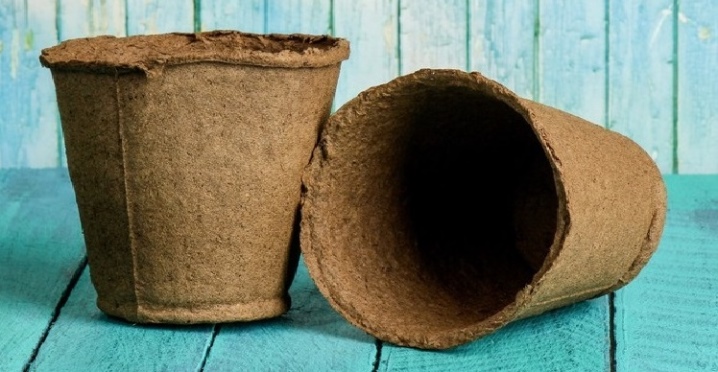
In a permanent growing area
Before planting seedlings in open ground, it must also be prepared. It is necessary to properly prepare the ground: dig up, loosen up and all the weeds were successful.
If any pests or diseases were observed in this area last year, it is required to treat the soil with chemicals. This is necessary to destroy existing pests.After that, additional fertilizers need to be added to the soil, the acidity is measured (in case of deviations, correct by one of the above methods).
When the ground is ready, you can gently transplant the seedlings into open ground. This should be done as carefully as possible so as not to damage the root system. During this period, peppers need special care and sufficient watering.
Soil moisture should be at least 85-90%.
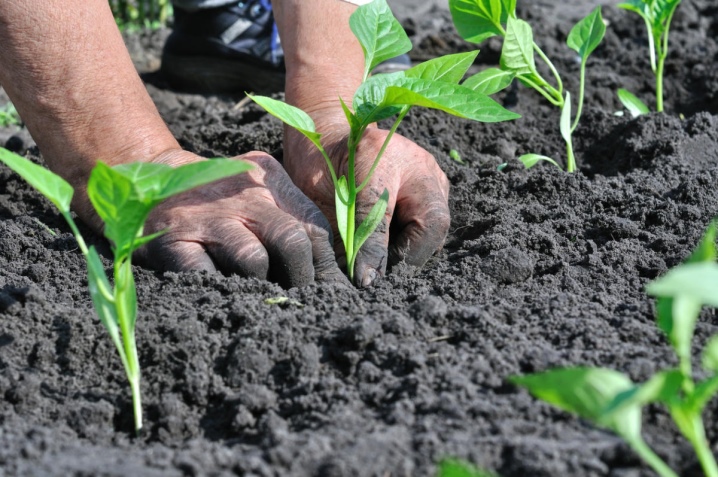
Also, the soil should be loose. This is, first of all, necessary for the development of the root system. In addition, active air exchange is observed in loose soil, which also participates not only in the formation of quantitative, but also qualitative indicators of the yield. The soil should not contain any admixtures of clay and other components that adversely affect the plant.
The soil must be loosened in a timely manner and, if necessary, root fertilizers must be applied. It should also be noted that peppers have a negative attitude towards drafts, so they should also be avoided.
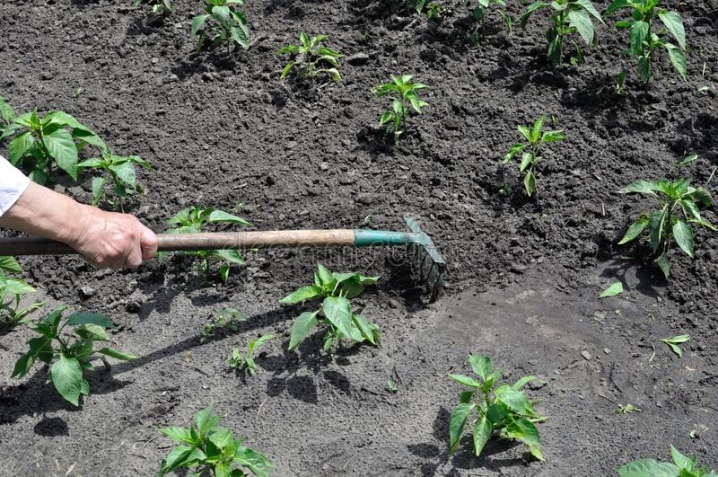













The comment was sent successfully.